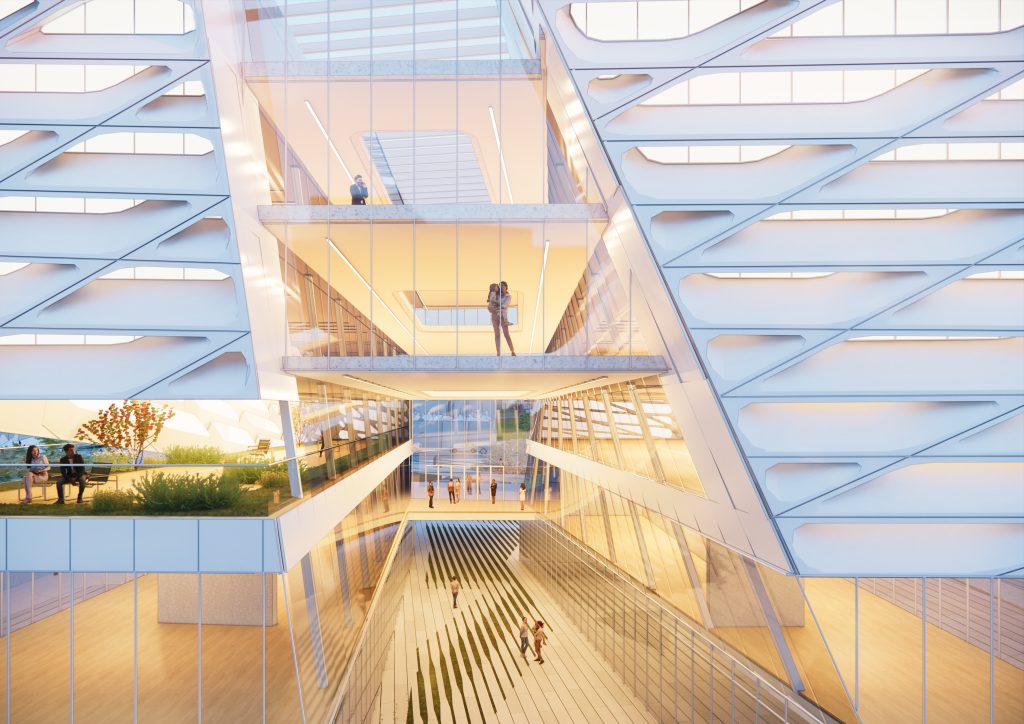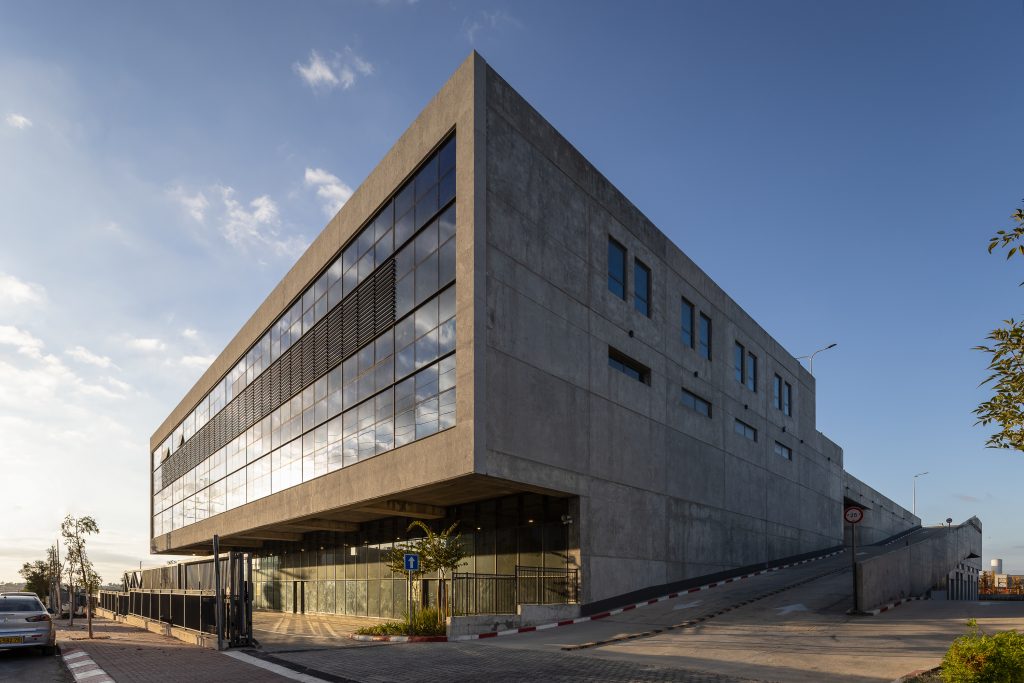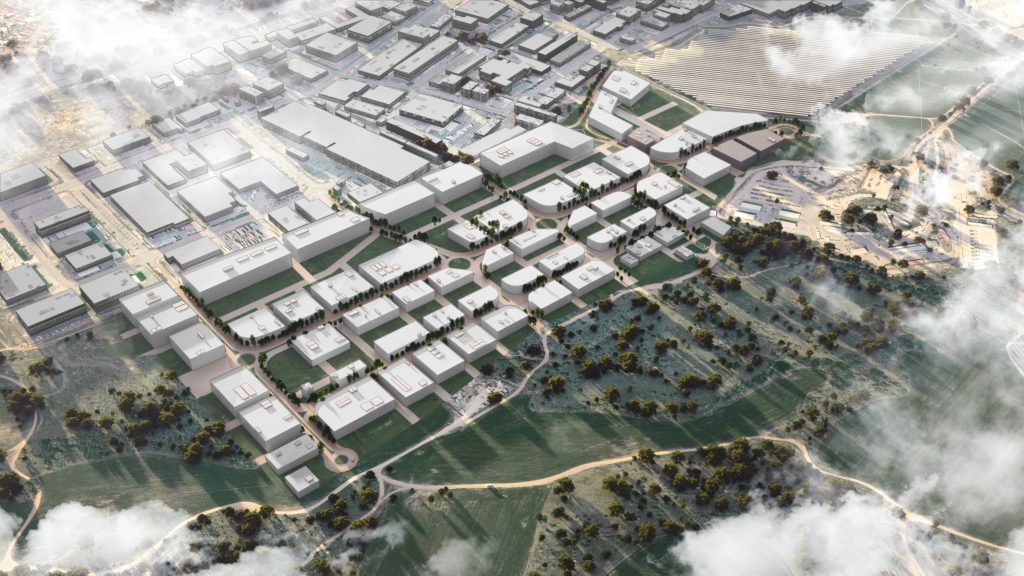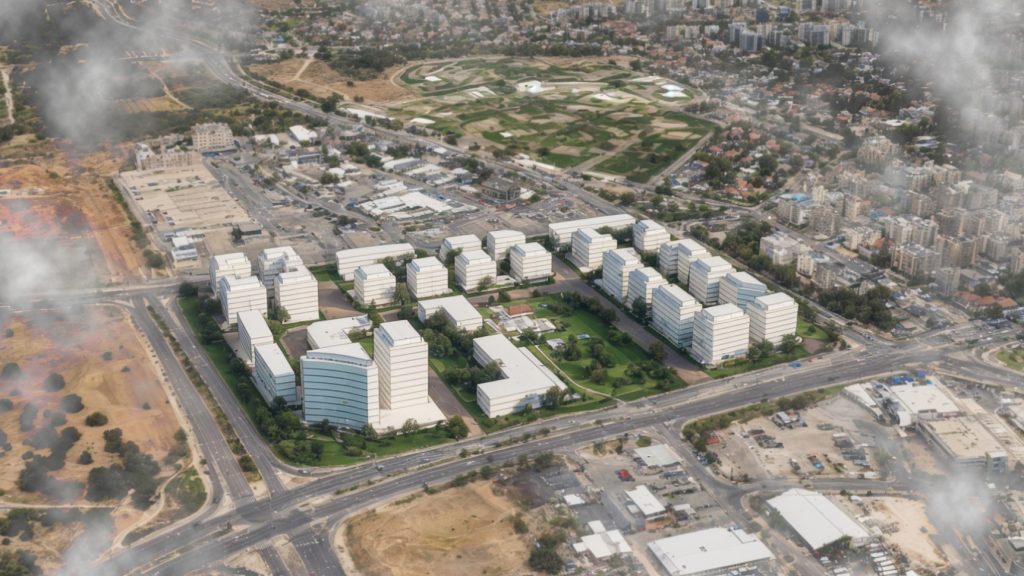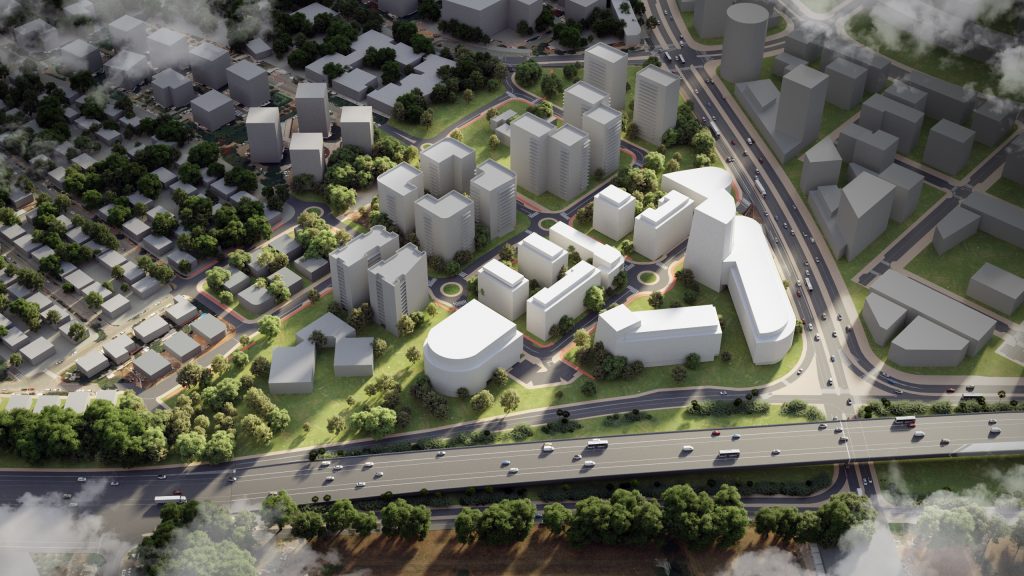The Need
The project provided a solution to the need, at the time, for a main Sephardic synagogue in the Afula area. Apart from its role as the main synagogue, the building serves as a community and educational center for children, teenagers and adults.
The Vision
The concept for the design was to create a simple, well-defined space, using natural materials, while reflecting the structure’s interior at the exterior and vice-versa. Together with the clean design, the building is integrated with symbols from the Jewish heritage, which are repeated in different elements of the structure.
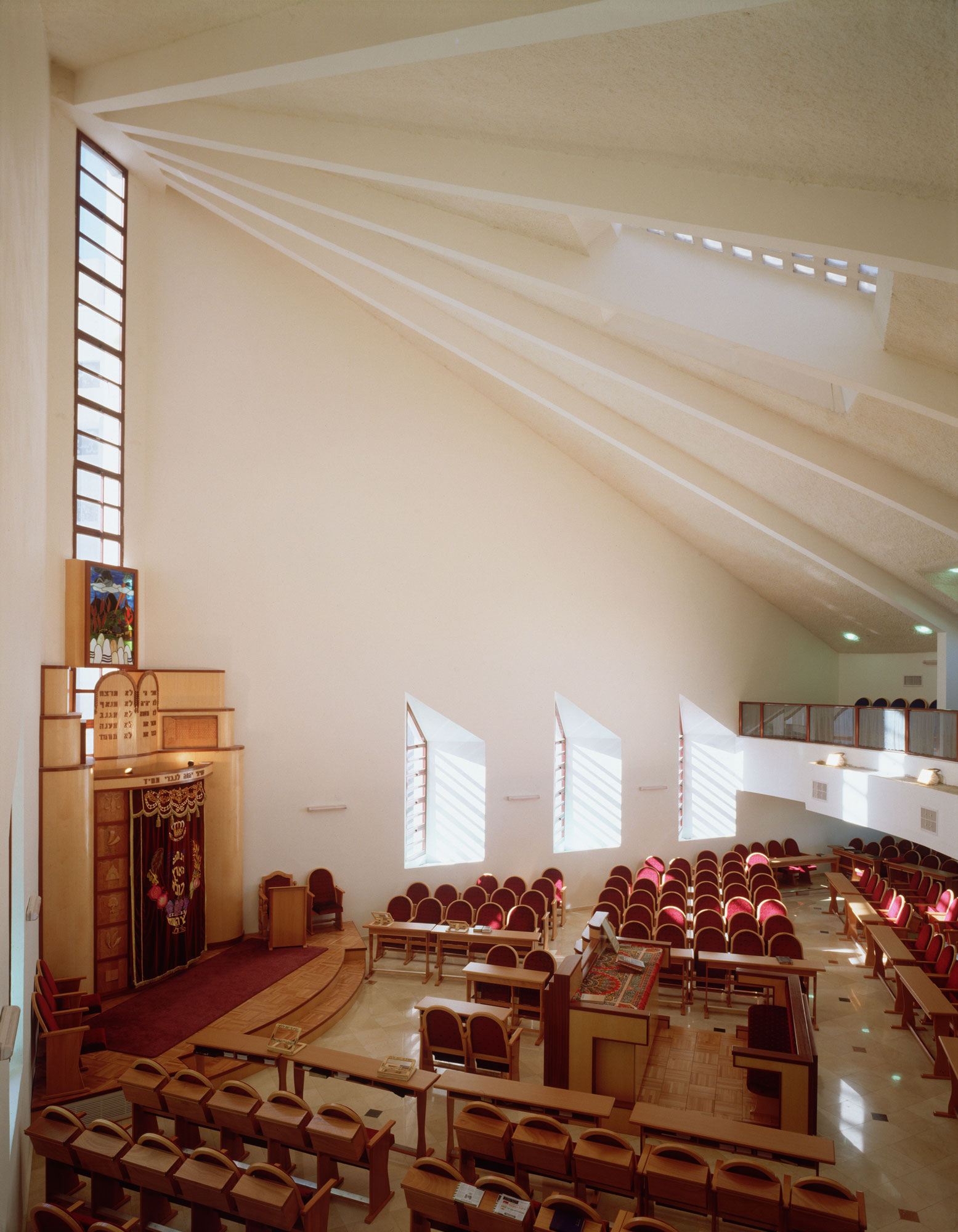
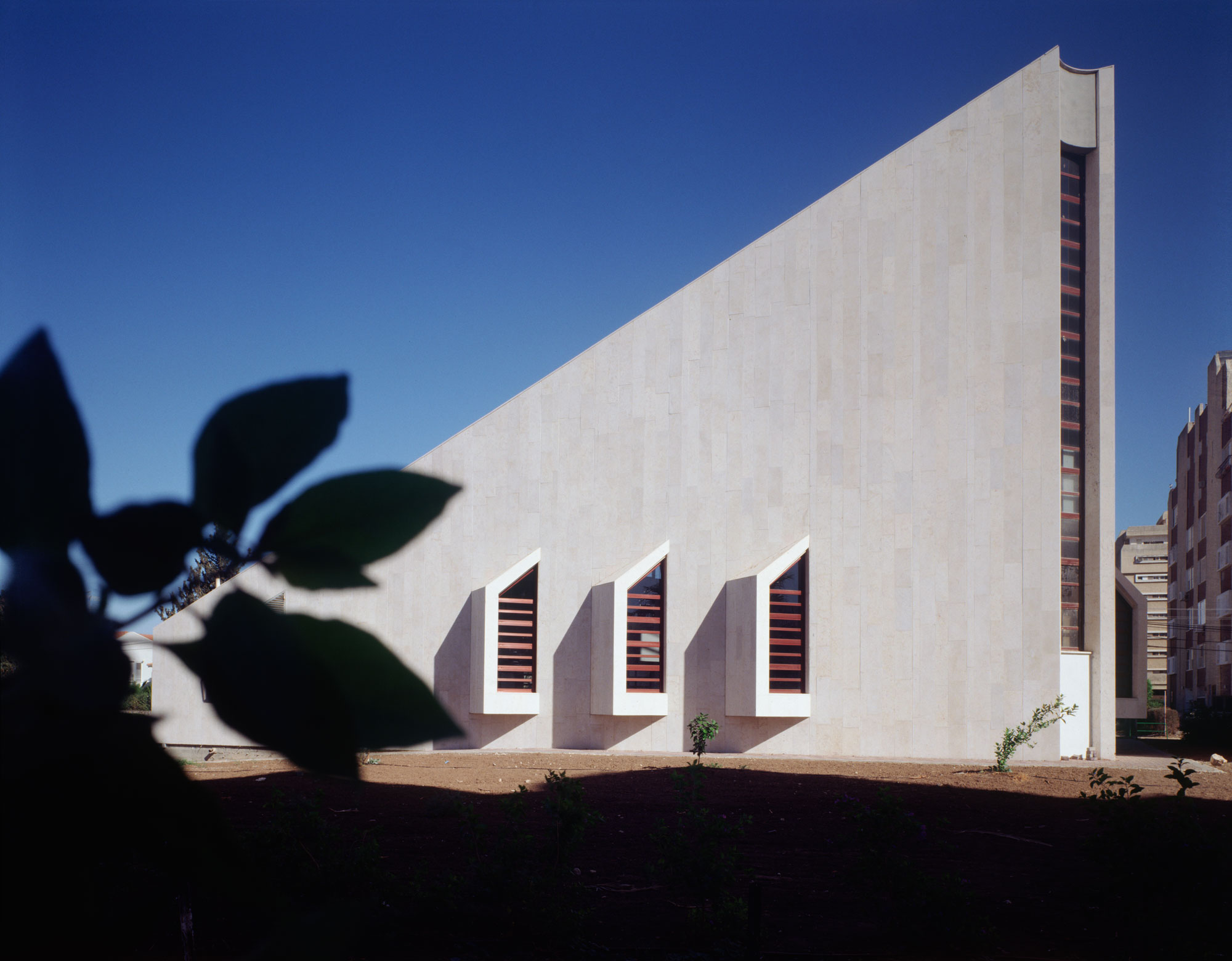
The Design
The building includes a lobby, a prayer hall, two enlargement wings, and other services at the main level. The gallery level hosts the women’s gallery, and the lower level contains a “Midrash” classroom, administration spaces and a sheltered area. The rounded facade stretches over the streets’ corners, enabling visual access to the building from different angles, while emphasizing its entrance. The shape of the space together with the angular walls provide a fine acoustical quality.
The design is based on the idea of a big tent (the Jewish “Tent of Congregation”); leaning on seven columns, which symbolize the seven days of creation, and the seven-branched candelabrum. The building itself is composed of two big gables, which symbolize the boards on which the Ten Commandments were engraved. Twelve windows are located between the gables, which symbolize the twelve tribes. Six windows on the sides of the building symbolize the six books of the “Mishna”. The women’s gallery is located above the main entrance and has four windows, a symbol for the four mothers.
The synagogue is shaped like a sector of a circle, where the worshippers enter at the low, wide part. The Holy Ark is the focus of the large space: all seats turn towards it, the sloped roof peaks above it, and the five beams (which symbolize the Pentateuch) intersect there. The glass wall behind the Ark, running through its entire height, creates an aura around it, symbolizing the eternity candle and inspiring a sacred atmosphere. The enlargement wings were designed to accommodate the changing needs of the space and audience – creating more room for worshippers on holidays, while avoiding empty spaces in its day-to-day operations.




